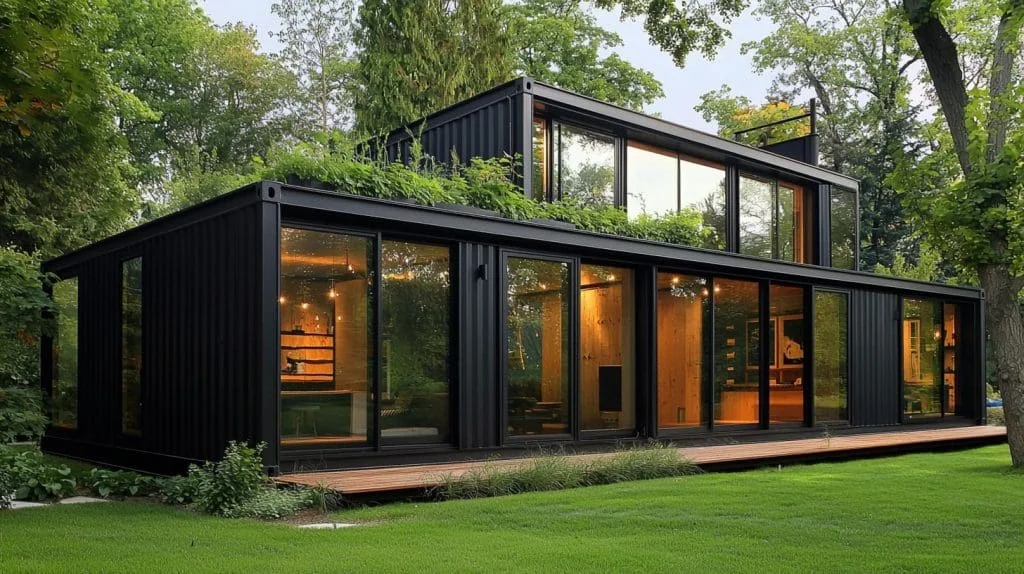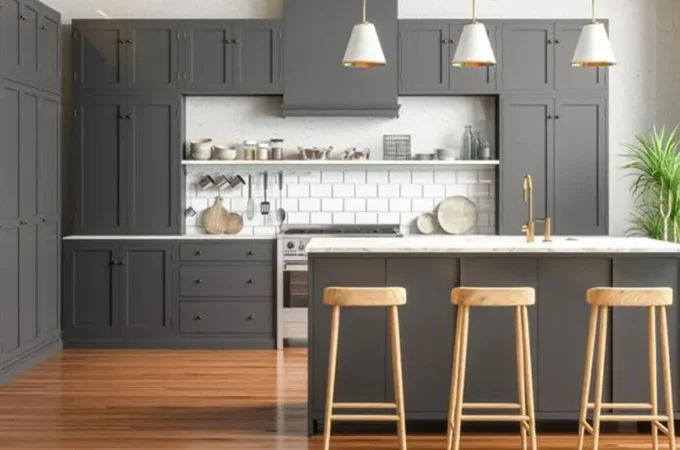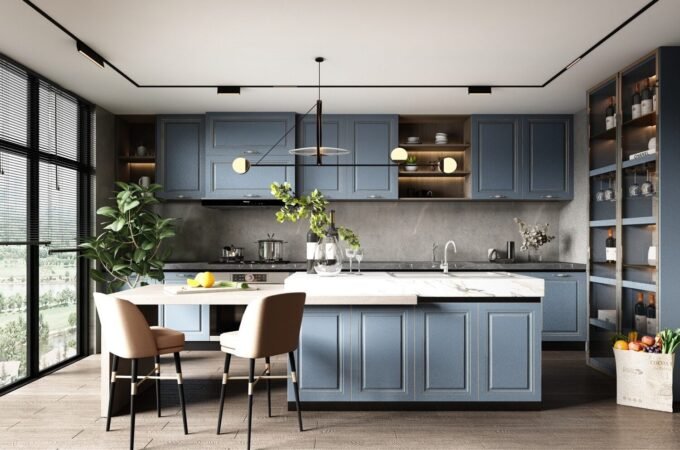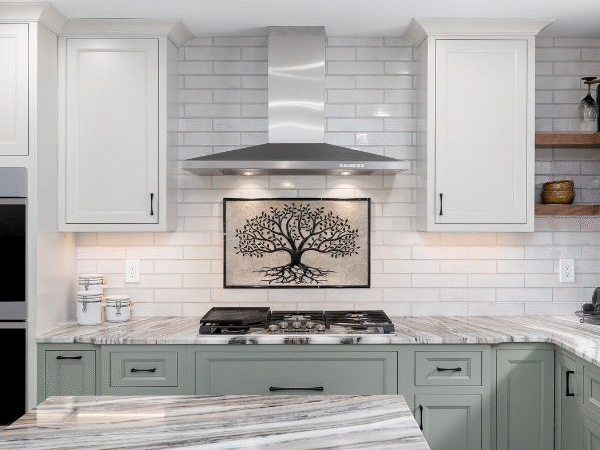
Designing Comfortable and Sustainable Spaces With Modern Log Cabins
Table of Contents
ToggleKey Takeaways
- Modern log cabins are redefining comfort and environmental stewardship in residential architecture.
- Careful selection of sustainable, locally sourced materials and modern building science greatly enhances both energy efficiency and indoor health.
- Flexible, open layouts and multi-purpose spaces optimize cabin living for families, remote workers, and nature enthusiasts alike.
- The thoughtful design bridges indoor warmth with the beauty and tranquility of the outdoors, supporting relaxation and healthy lifestyles.
The New Look of Log Cabin Living
Log cabins have long evoked images of rugged simplicity and rustic charm. However, over the past two decades, these homes have seen a renaissance, blending traditional timber construction with the innovations of the modern era. Log cabins are now designed as year-round primary residences or luxurious retreats that offer both aesthetic appeal and unmatched atmosphere. Homeowners across the world are looking for spaces that reflect their connection to nature without sacrificing the comforts of contemporary life.
An increasing number of people are turning to premium log home packages because they offer an accessible way to personalize layouts, finishes, and environmentally conscious features. These packages allow individuals and families to play an active role in creating a home that not only looks stunning but also supports health and sustainability. This shift in mindset has turned the log cabin from a backwoods icon into a model for innovative, mindful living, encouraging others to pursue a similar blend of tradition and progress. Interest is not limited to remote waterfront or mountain sites—suburban and even urban settings now feature contemporary log cabins that maximize limited land while retaining their signature coziness. As the desire for sustainable and low-carbon lifestyles grows, the modern log cabin is an inspiring example: a retreat that encourages occupants to slow down, reconnect with the land, and prioritize wellness alongside architectural beauty.
Focus on Sustainable Materials
Material selection lies at the heart of what makes modern log cabins exceptional. Timber remains the primary building block, but the ways in which it is harvested, processed, and finished have evolved. Responsibly sourced, certified wood maintains healthy forests and allows for distinctive grain patterns and colors that add a personal touch to every build. Locally sourced logs can reduce transportation emissions, while engineered wood components increase strength and stability. Today’s cabins also make use of eco-friendly finishes, non-toxic stains, and environmentally responsible adhesives. Natural wool, hemp, or cellulose insulation keeps harmful chemicals out of indoor air. Sourcing regionally can also enhance the resilience of the structure, as the materials are attuned to the local climate. As discussed in Timber Construction & Sustainable Architecture, timber construction is catalyzing a shift across the industry toward a lighter environmental footprint. Every detail counts—from the flooring and roof deck to interior trim—all combine for a healthy, long-lasting home that honors both tradition and innovation. Plus, wood construction naturally sequesters carbon, making the log cabin a potential net-positive home in terms of greenhouse gas emissions. These houses can serve as creative case studies for future sustainable housing, providing comfort and timeless beauty that will endure for generations.
Insulation and Energy Efficiency
Achieving efficiency in a climate-sensitive cabin requires more than simply stacking logs. While thick timber walls provide inherent insulation, today’s cabins are fine-tuned for optimal energy use with airtight construction and advanced weatherproof membranes. Sealant placement at key connection points and insulated slab or crawlspace foundations prevents moisture issues and drafts. When combined, these measures give log cabins the ability to stay cozy in winter and refreshingly cool in summer without overreliance on HVAC. Energy-efficient triple-pane windows, high R-value doors, and continuous roof insulation help maintain interior comfort with minimal energy lost to the outdoors. Passive solar principles, such as orienting large windows toward the sun and using overhangs or deciduous trees for shading, are practical and affordable ways to reduce heating and cooling loads. Integrating such strategies has been strongly advocated in the U.S. Department of Energy recommendations for sustainable home design. Many homeowners also take the extra step of adding solar panels, geothermal heating loops, or heat recovery ventilation to take their cabins off-grid or to significantly reduce monthly utility costs. These thoughtful choices show how the old-world charm of a cabin can blend with advanced technology for comfort, quiet, and energy savings all year long.
Designing for Modern Comfort
Comfort is at the core of today’s most successful log cabin concepts. Open floor plans are ideal for families and groups, providing bright, expansive great rooms that combine cooking, dining, and socializing. These spacious communal areas encourage deeper interaction. Meanwhile, separate cozy nooks—by the fire, tucked under a staircase, or in a sunlit bay window—invite relaxation, solitude, or focused work. Modern plumbing and spa-like bathrooms transform the notion of rustic living, adding luxuries like soaking tubs, heated floors, and rainfall showers. Kitchens may feature the latest energy-star appliances, custom cabinetry in reclaimed wood, and large islands for entertaining guests without crowding the space. Well-designed log cabins place bedrooms away from high-traffic zones to guarantee a restful night’s sleep, even during lively weekends with family and friends. Generous windows frame panoramic views of the outdoors and pull light deep into living areas. In colder climates, a combination of airtight masonry stoves, radiant heat, and thick rugs or wool throws provides layers of warmth for ultimate year-round coziness. Contemporary log cabins have earned a reputation for supporting wellness and mindfulness—a testament to the careful planning and attention to both form and function.
Blurring Indoor and Outdoor Spaces
Few building types are as uniquely positioned to celebrate the connection between nature and living space as the log cabin. Leading designs incorporate expansive decks, wraparound porches, and screened outdoor rooms that serve as true extensions of interior spaces. Sliding or folding glass walls allow seamless transitions for entertaining, dining, and resting, regardless of weather. Outdoor features are often designed to be multi-seasonal: fireplaces and heaters extend the use of patios into colder months, while trellises and shade sails offer relief during the height of summer. Landscaping might feature edible gardens, pollinator beds, or low-maintenance wildflower meadows, all chosen to foster biodiversity and sustainability. Paths and sitting areas made from local stone or reclaimed materials reinforce the cabin’s bond with its setting. This seamless blending of indoor comfort and outdoor celebration supports a healthier lifestyle, encouraging residents to embrace changing seasons, stargaze, garden, or enjoy meals enveloped by fresh air and birdsong.
Smart Storage and Multi-Functional Spaces
With thoughtful design, log cabins maximize usable space in both conventional and unconventional ways. Built-in bookcases, window seats with under-cushion storage, and sleek barn-style doors save space and reduce clutter. Staircases double as storage cubbies, and rooms can transform from home offices to guest quarters with a quick shift of furniture.
- Custom mudrooms with hanging racks and benches for outdoor gear
- Lofted sleeping spaces above open-plan living areas, ideal for children or occasional guests
- Kitchen organizers and pantries for bulk storage or food preservation
- Hidden desks and alcoves that can become reading nooks or work-from-home stations
These solutions provide critical flexibility for families who need to handle both daily routines and special gatherings. By designing with adaptability in mind, clutter is minimized, and living areas remain welcoming and open throughout the year.
Incorporating Technology Thoughtfully
While the spirit of a log cabin is rooted in history, modern amenities are subtly woven throughout. Smart home systems—like programmable thermostats, wireless sound, lighting controls, security cameras, and remote weather monitoring—support a convenient and energy-efficient lifestyle but do not intrude visually. Many homeowners invest in renewable energy systems, such as solar panels, battery banks, or even wind turbines, to achieve greater self-sufficiency and lower environmental impact. Options like electric vehicle charging, energy use dashboards, and advanced greywater filtration systems add value and reliability. These features reinforce modern log cabins as future-ready homes while preserving the timeless feel that makes cabins so cherished. By integrating smart technologies only where they’re truly beneficial, designers ensure the focus remains on relaxation, community, and the ever-present beauty outside every window.
Looking Ahead: The Appeal of Sustainable Cabin Living
The shift towards sustainable log cabin living represents more than a trend; it is a conscious movement reshaping notions of comfort, wellness, and responsible stewardship. As these homes gain momentum, they act as vibrant examples of how thoughtful design and material choice work hand in hand to enrich daily life while nurturing the wider environment. With ongoing improvements in sustainable products and techniques, log cabins remain at the forefront of innovation, serving as showcases for integrated, holistic living and inviting others to reimagine what home can mean. For those who value both tradition and progress, modern log cabin living provides a sanctuary—one that delights the senses and sustains the planet for future generations.






